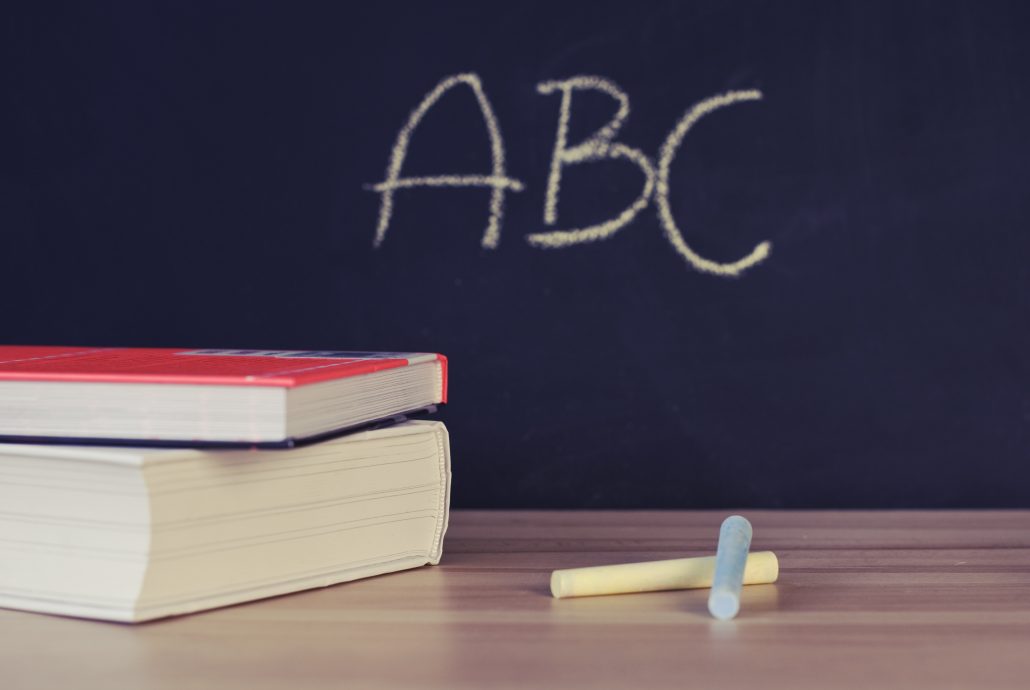Vocabulary for Elementary: How To

According to experts, kids should be acquiring 2,000 to 3,000 new words annually from 3rd grade onward. This figure would mean that children learn roughly six–eight new terms every day—pretty amazing if you think about it. While professionals have long debated the biological and environmental factors at play when it comes to language and vocabulary acquisition, one thing is for certain—a child’s vocabulary grows and develops with exposure.
Here are a few ways to expose students to new words and help them further develop their vocabulary.
Expressive Word Labels
Consider borrowing a tip from ESOL or world language classes by using labels to introduce a more expressive term in place of a mundane word. For instance, print out multiple photos of a range of peoples’ facial expressions. Prompt students to replace typical or low-level words like “sad” or “happy” with “gloomy” or “pleased.” Once students get the hang of synonyms, ask them to collect as many synonyms as they can while learning new words.
Synonym Challenge
Students should feel free to ask clarifying questions like, “What is another way to say….?” This helps young learners to begin to see not only the context of the word, but also its grammatical function. After some scaffolding and practice, challenge your students to see how many words they can think of to replace “happy.” Be clear about the expectation by emphasizing that the synonyms must fully match the meaning and usage—since “happy” is an adjective, their synonyms must be adjectives, as well. Students with the longest list of true synonyms could be rewarded with a new mechanical pencil, their choice of seat for the day, a happy phone call home, etc. Even bragging rights are certain to make any child happy, ecstatic, cheerful, glad, amused, exuberant, elated, delighted, thrilled, jovial, jubilant, and merry.
Word Apps
Elementary teachers can also make use of technology in order to help increase students’ vocabulary. Free apps like Wordle and Wordsift help students to learn and analyze new terms and phrases by using a visual component. Students are able to paste a portion of text and watch as Wordle or Wordsift breaks down and arranges the text. Often times, the Wordle presents the information in more than just a visually appealing way. The software helps students see how terms are related, distinguished, aligned, etc. It is also designed to manipulate font size and color based on how frequently a term is used in the excerpt. For instance, if students paste text from an article about cloud formation, repetition of the word “cloud” will cause the Wordle to increase the font size of that particular term in the final visual.
Caption Game
Ask students to provide captions for selected photos or magazine ads using new vocabulary words. Allow students to work in groups to collaborate and generate a brief explanation or caption for what is happening in the photo. For example, if the image depicts a complete standstill on a highway while a family of ducks crosses the interstate, ask students to write a caption using the word “peculiar.” Perhaps another image portrays a beautiful snow-covered cabin in the woods. Ask students to create a caption or conversation between two of the cabin-dwellers using the word “enchanting.”




